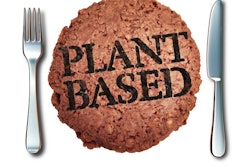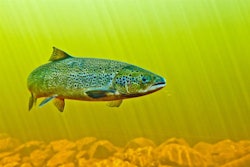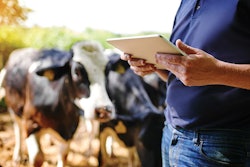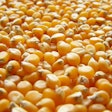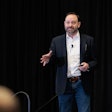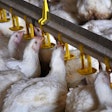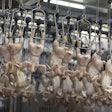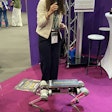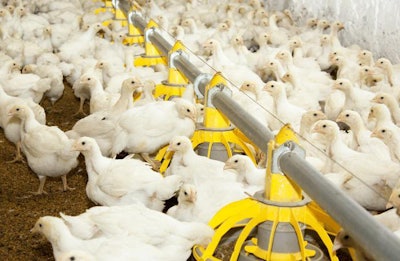
Find out the potential for technology to improve precision, accuracy in poultry production
The animal feed industry will look “radically different” in five to 10 years, with technology bridging the gaps in performance, according to Aidan Connolly, president of AgriTech Capital and CEO of Cainthus.
In the future, technology will make the animal feed industry more precise and accurate.
“How feed is produced today is relatively imprecise,” he said. However, “we are starting to see more precision about finalizing feed ingredients” with sensors, machine vision, cameras and artificial intelligence. He said various sensors can send real-time data from the animals to the feed mill “so they can change nutrition minute by minute rather than week by week or month by month.”
More emphasis on precision than location
Throughout the past century or so, the animal feed industry has been based on location and brick-and-mortar facilities. But, Connolly said, that is shifting.
“We’re moving toward a situation where it’s not about what I would describe as real estate – cement and metal which, in the past, have been the drivers of the feed industry – to a situation where it’s precision nutrition, with precise nutrients, precise understanding of the well-being of the animal and leading to precise foods … designed for maximizing the value to the consumer,” he said.
There is a common misconception that poultry feeding is precise and accurate because of the industry’s feed efficiency, but there are gaps in performance and understanding, Connolly said.
“Today, there are massive gaps in terms of understanding how to feed a chicken,” he said. “We still manage a group of chickens … we don’t manage the individual birds because we’re not able to. We don’t measure changes of environment at bird level, we measure them within the house at an average level. We don’t really understand the weight gain of the chicken in real time, … we don’t understand what their stress levels are, we don’t understand disease.”
Technology’s potential for change
With a combination of cameras and artificial intelligence, these gaps in performance and understanding can be filled.
“The No. 1 parameter I would like to get a handle on is real-time weights of chickens. … If we knew in real time the weight of the chicken, that would be the one piece of data I would love to have and that would be capable of transforming, disrupting, the industry to an extraordinary degree.”
This type of technology is less than five years away, Connolly predicted.
“Given the progress that’s been made on cattle and on pigs, I would imagine poultry would come pretty quickly,” he said.
For more on Connolly’s insight on technology and poultry production, register to see his “Poultry 2050: How technology will shape production” presentation at the Feed Strategy Conference at IPPE 2020.

